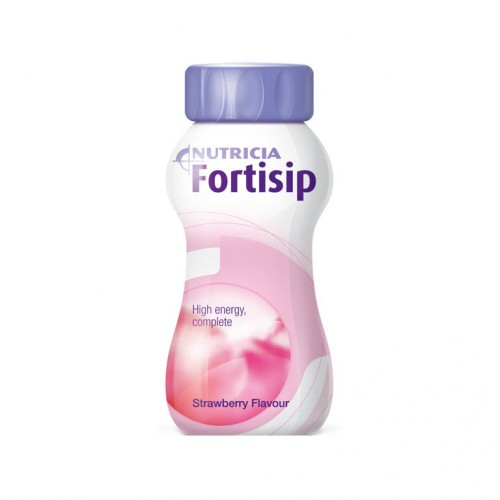
Nestle, Danone and others like them, use our health system as a tool for flogging cheap and addictive powdered milk products. Regulators have clamped down on them doing it with baby formula, now it is time to stop them doing it to our elderly.
In the early 1970s Nestle decided to exploit mothers in developing countries. The plan was to convince breastfeeding mothers that using Nestle formulas was healthier for their children than breastfeeding them.
Nestle had realized that many mothers in Africa, Asia and South America had a strong desire to imitate Western culture. So they leveraged this by implying that formula was the modern way to feed babies. Anything else was old fashioned and primitive.
The aggressive marketing was extraordinarily effective. Formula sales took off like a rocket (the market is now worth $25 billion a year) but so did the incidence of childhood diseases in the developing world. Drinking water was often unsafe and mixing it with milk powder and sugar didn’t do anything to fix that.
Breastfeeding protected children from the vagaries of the local water supply. It is also free and doesn’t drain critically important money away from families who can least afford to buy formula. The cost often results in mothers using less powder than required to make the tin stretch further. So even if the water is clean the child is undernourished.
Nestle’s aggressive marketing led, in 1977, to a worldwide boycott of Nestle’s products. And as a result, in 1981, the World Health Organization (WHO) created guidelines on the marketing of formula, but to this day there are continual breaches in the developing world and many of the groups who started the boycott continue to fight against Nestle and others.
The message was equally effective with Australian mothers. Manufacturers provided formula ‘donations’ to Hospital nurseries and in hospital promotions often delivered by healthcare workers. And it worked. Breastfeeding in Australia fell to record low levels in the 1970s. In 1972 just one in 20 children was breastfed for 12 months.
In 1992 the Australian government finally implemented a voluntary code (based on the WHO rules developed more than a decade earlier) which severely restricted the way infant formula could be marketed and include a requirement that mother’s be told breast is best in all marketing material. Promotion cannot occur at all on healthcare facilities and healthcare workers cannot receive any form of inducement to promote the products. If formula is donated to an institution, it can only be used for children who a doctor has determined requires formula.
The code is voluntary but all the major manufacturers has signed on and breastfeeding rates are now 6-fold what they were in 1972 (although they are still just a third of the WHO recommended level). Even so, Nestle and others continue to circumvent the ban on marketing by advertising unregulated toddler milks with exactly the same packaging and branding as the infant formulas.
But that is just fiddling at the edges compared to the latest gold mine for medical formula reps – the elderly.
Doctors are rightly concerned that older people not suffer from under-nutrition. They take weight loss among the elderly very seriously and therein lies the opportunity for Nestle and others (such as Danone, the maker of the Fortisip range). These companies actively markets the use of food supplements for elderly patients, whether they are losing weight or not. Hospitals and dietitians are encouraged to use things like the Nestle Nutritional Assessment tool to assess the need for supplements. Using that tool it would be almost impossible not to be assessed as requiring supplementation.
These powdered milk concoctions are offered as drinks with (or even instead of) hospital meals and patients are provided with order forms (often by dietitians employed by the hospital) for discounted purchase after they are discharged. The products themselves are usually just hideously overprice powdered milk, sugar and a multi-vitamin and sometimes a dab of seed oil just for good measure.
The ingredients are very similar to Up&Go except they can have loads more sugar and sometimes a pile of seed oil as well.
| Fortisip Vanilla Ready to Drink | Sustagen Hospital Powder | UP&GO Vanilla Ice Ready to Drink |
| water, maltodextrin, milk protein, sucrose, vegetable oil (canola oil, sunflower oil), tri potassium citrate, emulsifier (soy lecithin), flavour, magnesium chloride, acidity regulator, tri calcium phosphate, carotenoids, choline chloride, calcium hydroxide, potassium hydroxide, sodium L-ascorbate, ferrous lactate, zinc sulphate, colour, magnesium hydroxide, nicotinamide, retinyl acetate, copper gluconate, DL-α tocopheryl acetate, sodium selenite, manganese sulphate, calcium D-pantothenate, chromium chloride, D-biotin, cholecalciferol, thiamin hydrochloride, pterolylmonoglutamic acid, pyridoxine hydrochloride, cyanoccobalamin, sodium molybdate, riboflavin, sodium flouride, potassium iodide, phytomenadione | Non Fat Milk Solids (63%), Corn Syrup Solids, Whole Milk Powder, Sugar, Minerals (Magnesium Hydrogen Phosphate, Ferric Pyrophosphate, Zinc Gluconate, Copper Gluconate, Manganese Sulphate, Sodium Molybdate, Chromium Trichloride, Sodium Selenite), Vitamins (C, E, Niacinamide, A, D3, B6, B1, B2, Folic Acid, K1, B12), Stabiliser (414), Flavour. | water, skim milk powder, cane sugar, wheat maltodextrin, soy protein, vegetable oils (sunflower, canola), vegetable fibre, hi-maize™ starch, corn syrup solids, flavours, fructose, oat flour, mineral (calcium), acidity regulator (332), vegetable gums (460, 466, 407), stabiliser (452), salt, vitamins (C, niacin, A, B12, B6, B2, B1, folate). |
| Sugar: 13.3% | Sugar: 45% | Sugar: 7.6% |
| Polyunsaturated Fat: 2.8% | Polyunsaturated fat: 0.8% | Polyunsaturated Fat: 0.7% |
The sugar in Sustagen had until May 2016, been glucose. But then Nestle decided to ‘improve the nutritional profile’ by replacing the much of the glucose with cane sugar. Effectively this means they replaced half the nutritionally harmless glucose with toxic fructose. Yep, the same fructose that has been nailed as causing Type II diabetes, Obesity, Fatty Liver Disease and probably Alzheimer’s disease (just to name a few of its greatest hits).
I can’t see how introducing a confirmed source of chronic disease improves the nutritional profile (and they have refused to respond to my written requests for an explanation), but I can see how it improves the financial profile of Nestle. Sustagen’s competition all use it. Fructose is highly addictive, so products that contain it always sell better than products without it. And since the aim of this game seems to be follow on sales after the patient leaves hospital, an addictive product would be a better choice. Commercially its a no-brainer.
The seed oils in many of these products cause cancer, heart disease, Parkinson’s Disease osteoarthritis and rheumatoid arthritis (just to name a few of the greatest hits). Seed oils are cheap as chips, so using them instead of milk fat increases the profit margin. Another commercial no-brainer.
These products are being directly promoted and marketed to patients within our healthcare system, something which would be prohibited if they were infant formula. Nobody, but especially not a sick elderly person, needs sugar and (often) seed oil, loaded milk powder. Nestle and their mates were barred from using hospitals as a sales tool for infant formula and its time the same thing happened for this garbage as well.

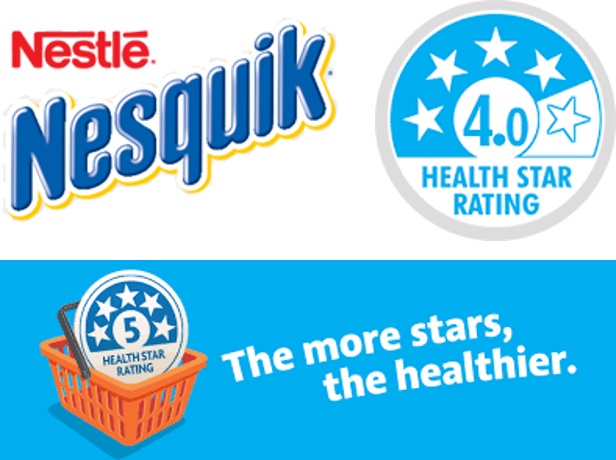

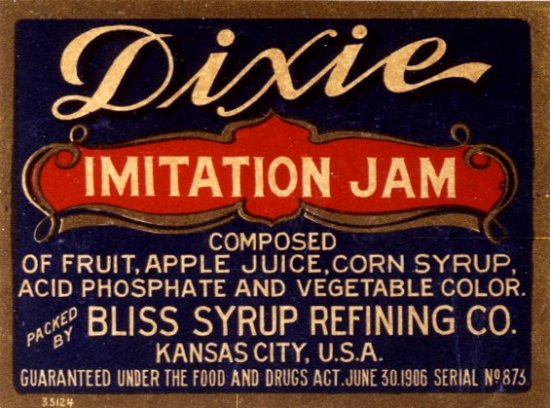

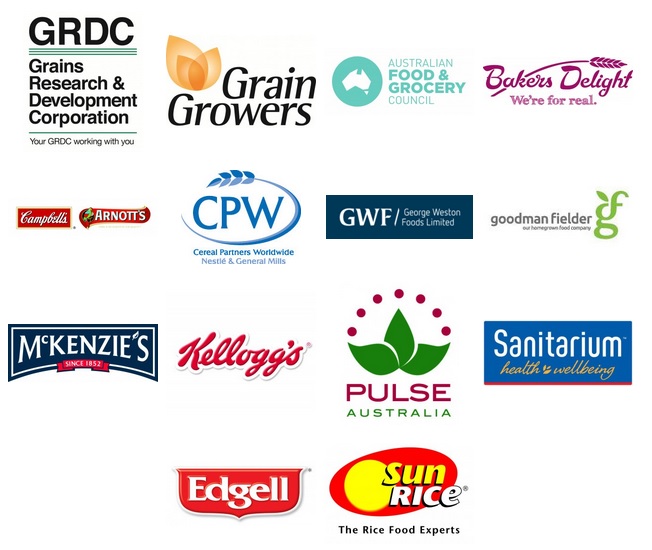

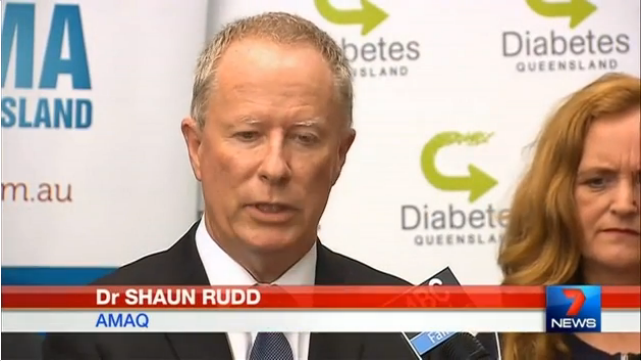











Recent Comments